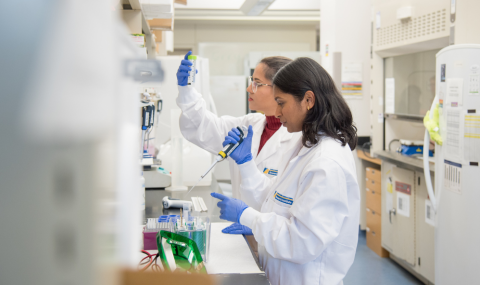Here are some lung problems that are common in the ICU:
Acute Respiratory Distress Syndrome (ARDS)
- The lungs become inflamed in response to injury or infection. The inflammation makes the small blood vessels leaky, and fluid collects in the lung tissues. This puts pressure on the small pouches that exchange air, and they start to close down. It becomes more and more difficult for the person to breathe.
Atelectasis
- The collapse of the air exchange pouches in some or all parts of a lung. This can happen after surgery, injury, or infection.
Pneumonia
- An inflammation of the lung caused by infection. The infection can be due to a virus, bacteria, fungi or other pathogens. The pneumonia can involve one or more lobes of the lungs.
Pneumothorax
- If air enters the space around the lungs, the lungs can collapse. A hemothorax occurs when blood gets into the space around the lungs and has the same effect. The larger the area affected, the more serious the breathing problems will be.
Pulmonary embolism
- A pulmonary embolism is a blood clot that forms elsewhere in the body, breaks free, and travels with the blood to the lungs. Most pulmonary embolisms come from large veins in the legs. The embolism will block off blood flow to the small sacs in the lungs and they will not work as well.
Pulmonary edema
- Edema is fluid in the tissues, in this case around the lungs. The extra fluid makes it more difficult to breathe. Pulmonary edema is a common complication of critical illness. Fluid collects with gravity, so a person who is on bedrest will tend to get edema in the back and lower parts of the lungs.



